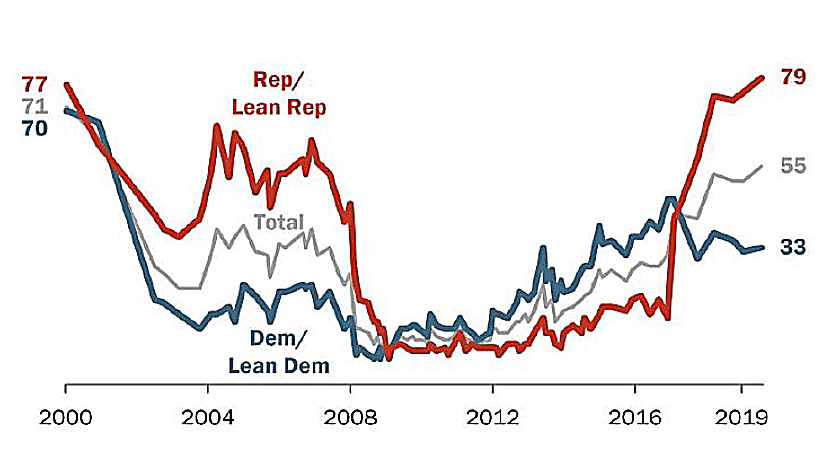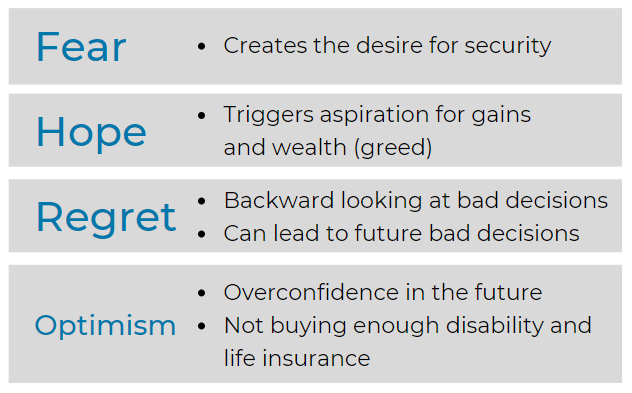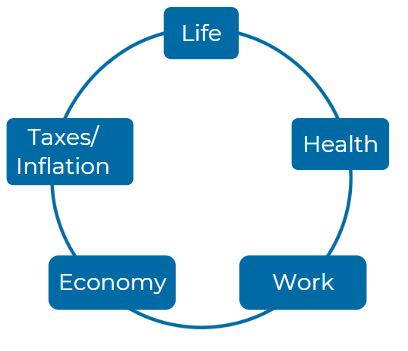Healthcare Provider Update: Healthcare Provider for Pacific Gas & Electric The primary healthcare provider for employees of Pacific Gas and Electric (PG&E) is often covered under large insurance carriers that offer comprehensive plans, including offerings from Blue Cross Blue Shield and UnitedHealthcare; the exact provider may vary depending on the employee's specific plan and regional options available. Projected Healthcare Cost Increases in 2026 As we look ahead to 2026, healthcare costs are anticipated to rise significantly due to a combination of factors. Insurers are reporting average premium increases that could exceed 20%, driven largely by ongoing inflation in healthcare services and the potential expiration of enhanced subsidies provided under the Affordable Care Act. This perfect storm of rising medical costs and diminished financial support could shock many consumers, with estimates suggesting that out-of-pocket premiums might surge by as much as 75% for individuals reliant on marketplace plans. As such, both employees and employers within PG&E should prepare for heightened expenses, taking proactive steps now to mitigate potential financial impacts. Click here to learn more
Featured Video
Articles you may find interesting:
- Corporate Employees: 8 Factors When Choosing a Mutual Fund
- Use of Escrow Accounts: Divorce
- Medicare Open Enrollment for Corporate Employees: Cost Changes in 2024!
- Stages of Retirement for Corporate Employees
- 7 Things to Consider Before Leaving Your Company
- How Are Workers Impacted by Inflation & Rising Interest Rates?
- Lump-Sum vs Annuity and Rising Interest Rates
- Internal Revenue Code Section 409A (Governing Nonqualified Deferred Compensation Plans)
- Corporate Employees: Do NOT Believe These 6 Retirement Myths!
- 401K, Social Security, Pension – How to Maximize Your Options
- Have You Looked at Your 401(k) Plan Recently?
- 11 Questions You Should Ask Yourself When Planning for Retirement
- Worst Month of Layoffs In Over a Year!
- Corporate Employees: 8 Factors When Choosing a Mutual Fund
- Use of Escrow Accounts: Divorce
- Medicare Open Enrollment for Corporate Employees: Cost Changes in 2024!
- Stages of Retirement for Corporate Employees
- 7 Things to Consider Before Leaving Your Company
- How Are Workers Impacted by Inflation & Rising Interest Rates?
- Lump-Sum vs Annuity and Rising Interest Rates
- Internal Revenue Code Section 409A (Governing Nonqualified Deferred Compensation Plans)
- Corporate Employees: Do NOT Believe These 6 Retirement Myths!
- 401K, Social Security, Pension – How to Maximize Your Options
- Have You Looked at Your 401(k) Plan Recently?
- 11 Questions You Should Ask Yourself When Planning for Retirement
- Worst Month of Layoffs In Over a Year!
U.S. Initial Jobless Claims, Per Week

Total U.S. Nonfarm Payrolls

GDP Annualized Growth Rate

During the last 75.75 years (since 1945) there have been 190 declines of 5% or greater.

Sources: Standard & Poor’s Corporation; Copyright 2020 Crandall, Pierce & Company
The Market's Reaction to a Financial Crisis
Cumulative total return of a balanced strategy: 60% stocks, 40% bonds

Indices are not available for direct investment. Their performance does not reflect the expenses associated with the management of an actual portfolio. Past performance is not a guarantee of future results. Not to be construed as investment advice. Returns of model portfolios are based on back-tested model allocation mixes designed with the benefit of hindsight and do not represent actual investment performance. See the “Balanced Strategy Disclosure and Index Descriptions” pages in the Appendix for additional information.


data-hs-cos-general-type='widget' data-hs-cos-type='module'>
Consider these five Elements:
/General/General%203.png?width=1280&height=853&name=General%203.png)



















-2.png?width=300&height=200&name=office-builing-main-lobby%20(52)-2.png)









.webp?width=300&height=200&name=office-builing-main-lobby%20(27).webp)


-2.png)









.webp)